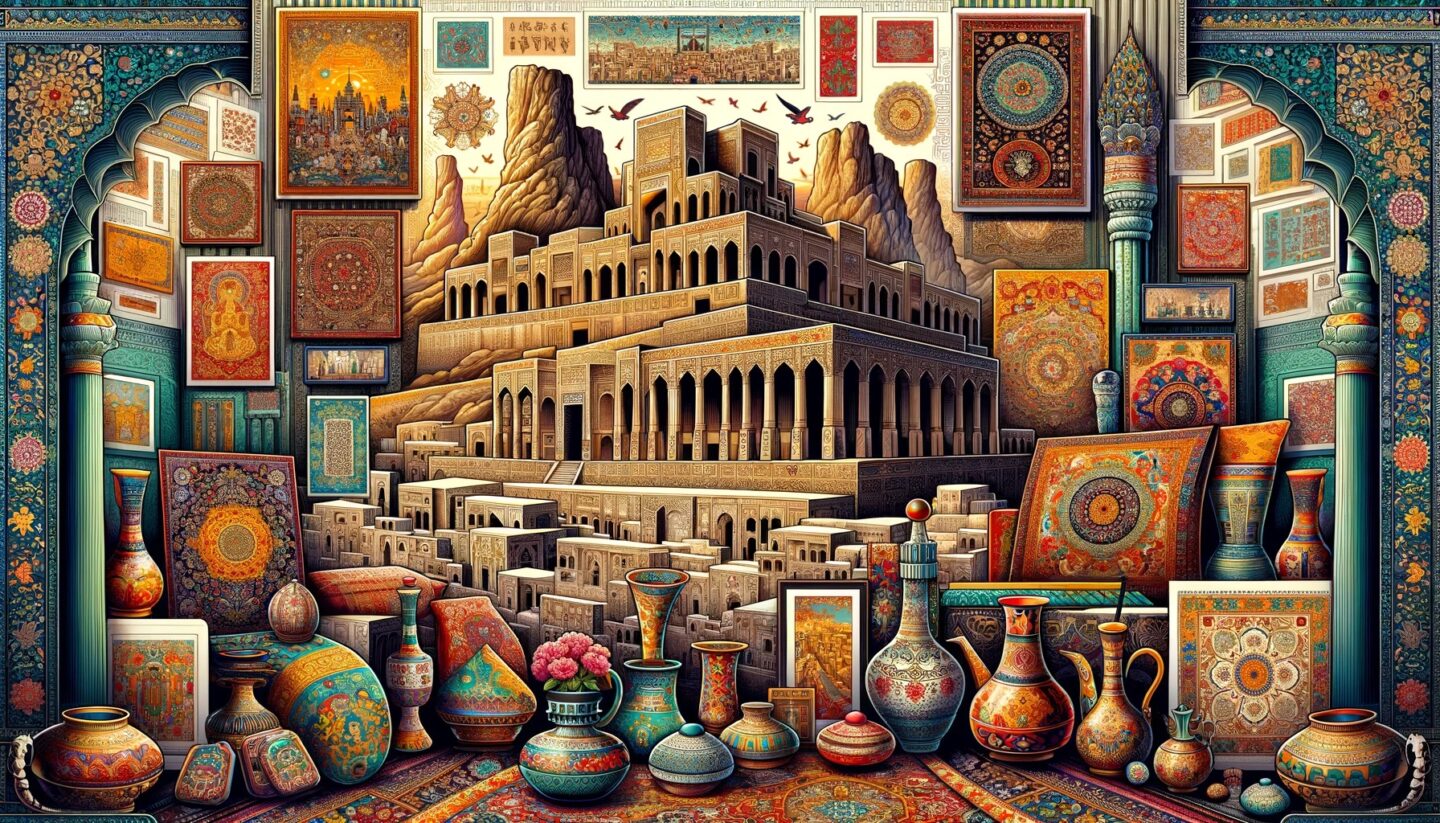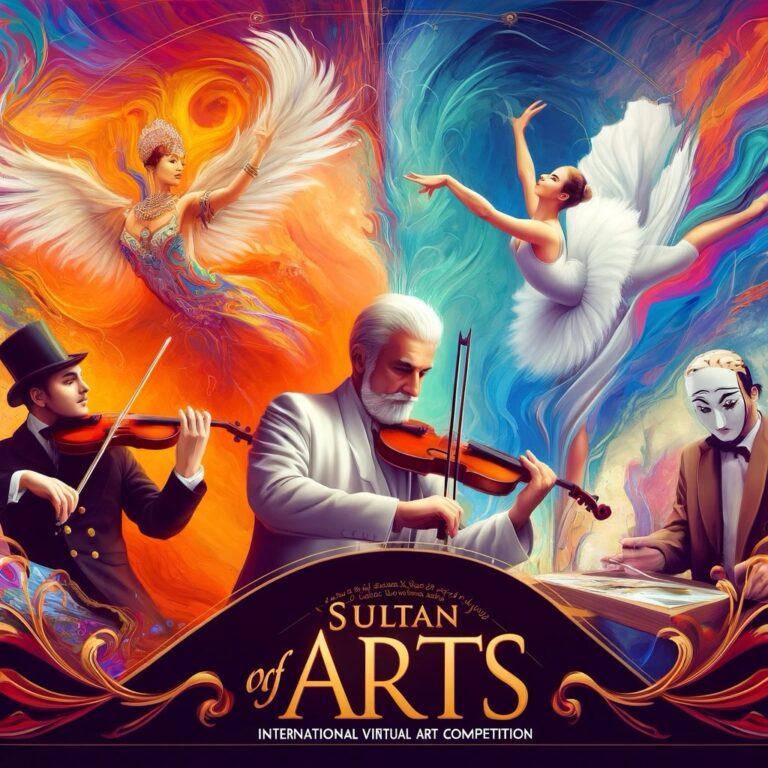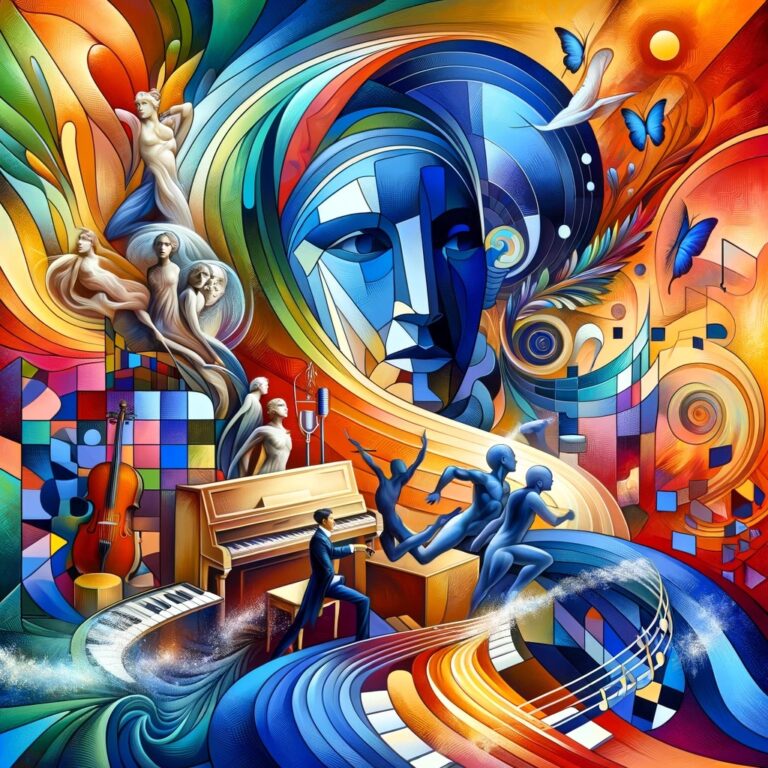Introduction
Welcome to Sultan of Arts, your ultimate destination for exploring the rich and diverse world of Persian art. With a history that spans over millennia, Persian art is renowned for its intricate designs, vibrant colors, and profound cultural significance. In this blog post, we’ll delve into the fascinating history, various styles, and lasting influences of Persian art.
The Rich History of Persian Art
Persian art dates back to ancient times, with its origins tracing back to the early civilizations in the region now known as Iran. From the majestic Achaemenid Empire to the sophisticated Safavid dynasty, each era contributed uniquely to the evolution of Persian art. Let’s take a journey through time to understand the key periods:
Ancient Persia (550-330 BCE)
The Achaemenid Empire marked the beginning of Persian art. This period is known for its grand architectural achievements, such as the magnificent Persepolis, and the development of intricate metalwork and ceramics.
Sassanian Era (224-651 CE)
The Sassanian dynasty is often considered a golden age of Persian art. This era saw advancements in rock reliefs, stucco work, and textiles, which were highly detailed and often depicted royal scenes and mythical creatures.
Islamic Golden Age (7th-14th Century)
The advent of Islam brought new influences and styles to Persian art. Calligraphy, miniature paintings, and intricate tile work flourished during this time, blending Islamic themes with traditional Persian motifs.
Safavid Dynasty (1501-1736)
The Safavid era is renowned for its exceptional contributions to Persian art. The period saw the rise of exquisite miniature paintings, elaborate carpets, and stunning architectural masterpieces like the Shah Mosque in Isfahan.
Styles of Persian Art
Persian art is characterized by its diverse styles, each reflecting the cultural and historical context of its time. Here are some prominent styles that have left a lasting impact:
Miniature Paintings
Persian miniature paintings are small, detailed illustrations that often depict scenes from literature, history, and mythology. These paintings are known for their vibrant colors, intricate details, and storytelling prowess.
Calligraphy
Calligraphy is a revered art form in Persian culture. It involves the artistic writing of scripts, often in Arabic or Persian, and is used to adorn manuscripts, architecture, and decorative objects.
Carpet Weaving
Persian carpets are world-famous for their quality, design, and craftsmanship. Each region in Iran has its unique patterns and techniques, making Persian carpets highly sought after by collectors and art enthusiasts.
Ceramics and Pottery
Persian ceramics and pottery are admired for their beauty and functionality. The use of rich glazes, intricate patterns, and innovative shapes has made Persian pottery a significant art form.
Influences on Persian Art
Persian art has been influenced by various cultures and civilizations over the centuries. The interactions with Greek, Roman, Chinese, and Islamic cultures have enriched Persian art, making it a melting pot of artistic traditions. This cross-cultural exchange is evident in the diversity of styles and techniques found in Persian artworks.
Conclusion
Persian art is a testament to the creativity and ingenuity of the Iranian people. Its rich history, diverse styles, and cross-cultural influences make it a captivating subject for art lovers and historians alike. At Sultan of Arts, we celebrate the beauty and heritage of Persian art by showcasing exquisite pieces that reflect its timeless elegance.
Explore our collection and immerse yourself in the enchanting world of Persian art. Whether you’re an avid collector or a curious enthusiast, there’s something for everyone at Sultan of Arts.
Great! Let’s create an SEO-friendly blog post for www.sultanofarts.com.
Introduction
Welcome to Sultan of Arts, your ultimate destination for exploring the rich and diverse world of Persian art. With a history that spans over millennia, Persian art is renowned for its intricate designs, vibrant colors, and profound cultural significance. In this blog post, we’ll delve into the fascinating history, various styles, and lasting influences of Persian art.
The Rich History of Persian Art
Persian art dates back to ancient times, with its origins tracing back to the early civilizations in the region now known as Iran. From the majestic Achaemenid Empire to the sophisticated Safavid dynasty, each era contributed uniquely to the evolution of Persian art. Let’s take a journey through time to understand the key periods:
Ancient Persia (550-330 BCE)
The Achaemenid Empire marked the beginning of Persian art. This period is known for its grand architectural achievements, such as the magnificent Persepolis, and the development of intricate metalwork and ceramics.
Sassanian Era (224-651 CE)
The Sassanian dynasty is often considered a golden age of Persian art. This era saw advancements in rock reliefs, stucco work, and textiles, which were highly detailed and often depicted royal scenes and mythical creatures.
Islamic Golden Age (7th-14th Century)
The advent of Islam brought new influences and styles to Persian art. Calligraphy, miniature paintings, and intricate tile work flourished during this time, blending Islamic themes with traditional Persian motifs.
Safavid Dynasty (1501-1736)
The Safavid era is renowned for its exceptional contributions to Persian art. The period saw the rise of exquisite miniature paintings, elaborate carpets, and stunning architectural masterpieces like the Shah Mosque in Isfahan.
Styles of Persian Art
Persian art is characterized by its diverse styles, each reflecting the cultural and historical context of its time. Here are some prominent styles that have left a lasting impact:
Miniature Paintings
Persian miniature paintings are small, detailed illustrations that often depict scenes from literature, history, and mythology. These paintings are known for their vibrant colors, intricate details, and storytelling prowess.
Calligraphy
Calligraphy is a revered art form in Persian culture. It involves the artistic writing of scripts, often in Arabic or Persian, and is used to adorn manuscripts, architecture, and decorative objects.
Carpet Weaving
Persian carpets are world-famous for their quality, design, and craftsmanship. Each region in Iran has its unique patterns and techniques, making Persian carpets highly sought after by collectors and art enthusiasts.
Ceramics and Pottery
Persian ceramics and pottery are admired for their beauty and functionality. The use of rich glazes, intricate patterns, and innovative shapes has made Persian pottery a significant art form.
Influences on Persian Art
Persian art has been influenced by various cultures and civilizations over the centuries. The interactions with Greek, Roman, Chinese, and Islamic cultures have enriched Persian art, making it a melting pot of artistic traditions. This cross-cultural exchange is evident in the diversity of styles and techniques found in Persian artworks.
Conclusion
Persian art is a testament to the creativity and ingenuity of the Iranian people. Its rich history, diverse styles, and cross-cultural influences make it a captivating subject for art lovers and historians alike. At Sultan of Arts, we celebrate the beauty and heritage of Persian art by showcasing exquisite pieces that reflect its timeless elegance.
Explore our collection and immerse yourself in the enchanting world of Persian art. Whether you’re an avid collector or a curious enthusiast, there’s something for everyone at Sultan of Arts.




